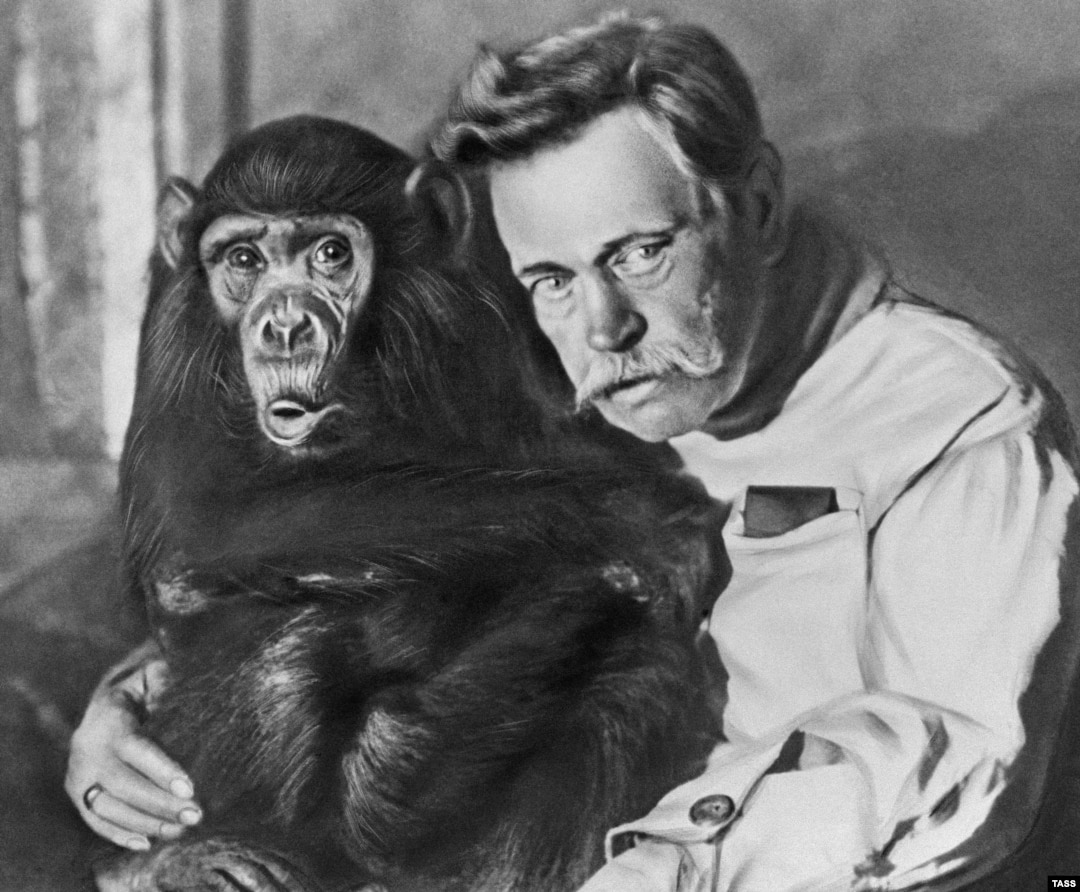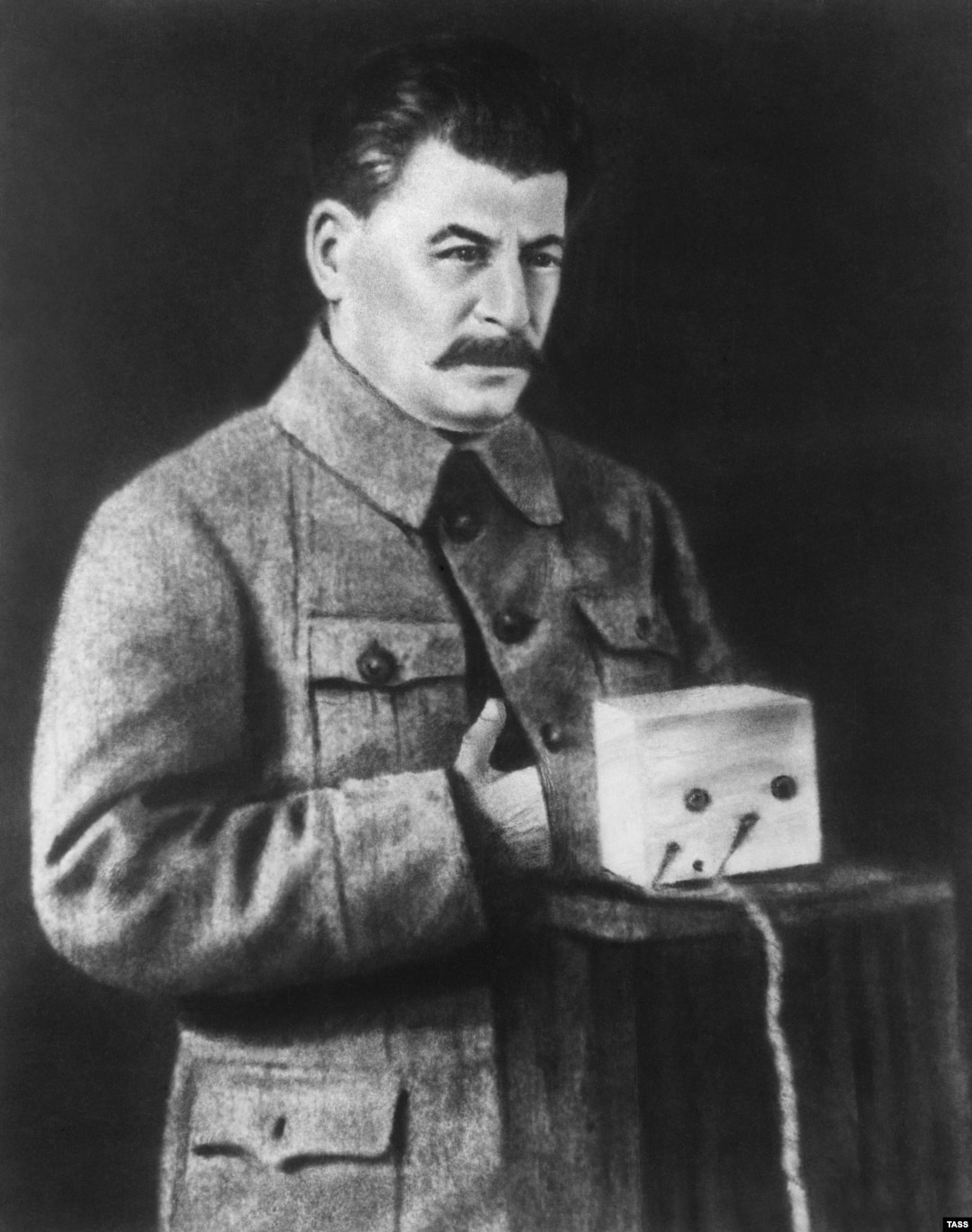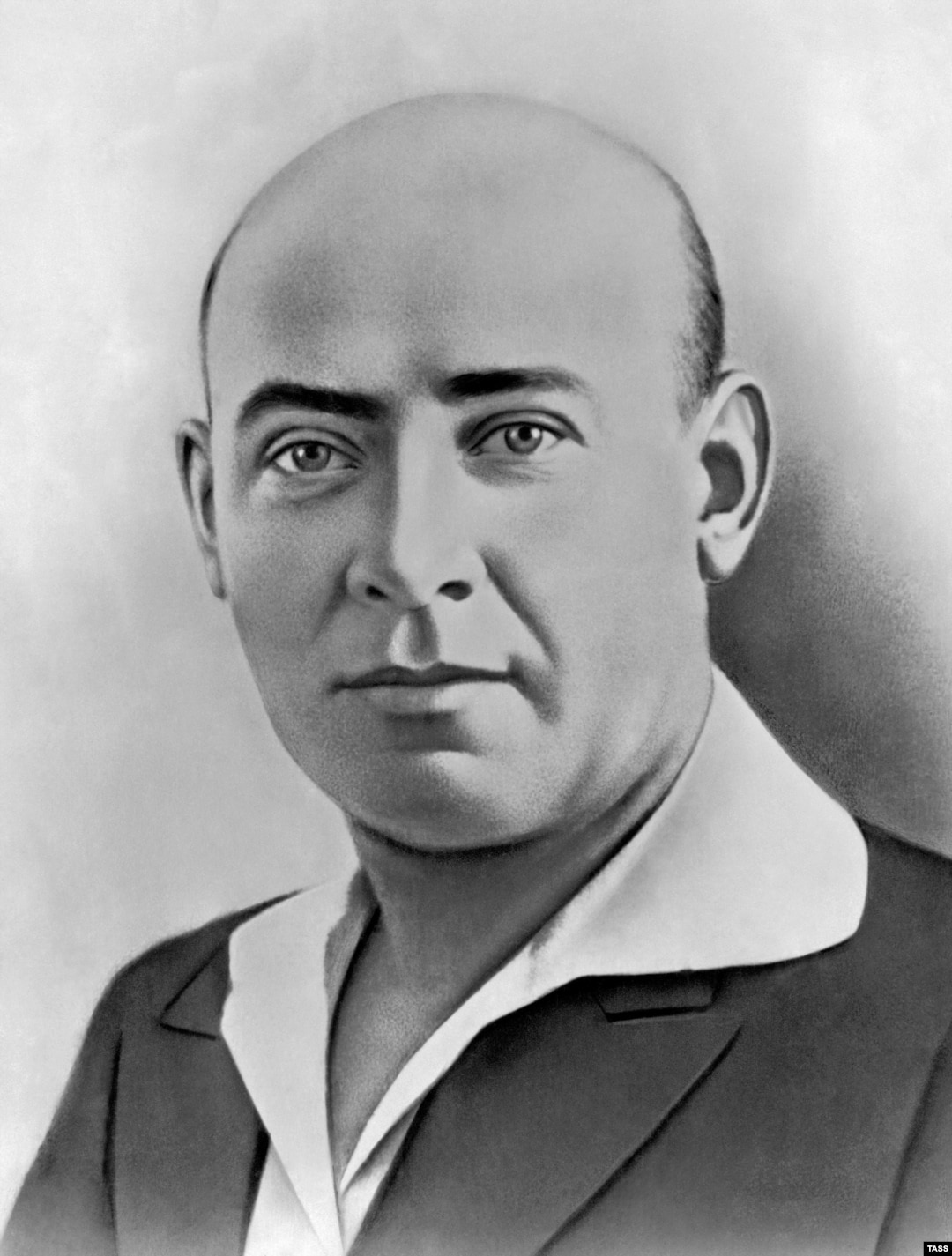Fake Views: The Good, The Bad, And The Ugly Of Soviet Photoshopping

An undated image of Russian animal trainer Vladimir Durov. Much of the early image manipulation involved scratching the negative with a scalpel or needle, and painting fine lines directly onto the emulsion (seen here in the monkey's hair and lips).

A heavily retouched image of Josef Stalin. Some of the Soviets’ image-doctoring was apparently to crisp-up blurry or low-quality images.

But occasionally, heavy-handed Soviet "airbrushers" literally blur the lines between painting and photography, as in this undated TASS photo of German communist leader Ernst Telmann.
Image retouching to prettify portraits was widely popular during the early 20th century, but in the Soviet Union, highly skilled retouchers were also employed for a more sinister role: as comrades fell out of favor with Stalin and were removed from office or executed, the politically inconvenient figures were carefully scratched and painted out of the frame. Original photo shows from left to right: Nikolai Antipov, Josef Stalin, Sergei Kirov, and Nikolai Shvernik.
As the head of Stalin’s secret police, Nikolai Yezhov (right) oversaw the executions of more than half a million Soviet citizens during the “great purge.”
After Yezhov himself was executed, the photos of Stalin and his honchos strolling along a Moscow canal was neatly updated to remove “the poison dwarf.”
During World War II, a sacred period of history for the Soviet Union during which it lost some 20 million lives, the retouchers attempted to improve on reality. This clumsy photo montage of Red Army troops crossing the Dnieper River was probably created by stacking a snippet of one photographic negative atop another.
Hours of delicate work would have been required for this montage of geese and a downed Nazi warplane “sinking in a river.”
Even the latest digital cameras would struggle to create a crisp image of an airplane plummeting to earth at close-range. This “action” photo from 1942 includes a hand-sketched tree as a bonus.
This despondent German soldier and his splintered artillery piece was probably the most iconic photo from the Red Army’s victory over the Nazis during the Battle of Kursk in 1943.
But Soviet retouchers couldn’t leave well enough alone and added cannons and a cluster of shells to the image.
Even the legendary Soviet photojournalist Yevgeny Khaldei admitted to altering photographs when his editors required it. In this image, a fleet of Soviet bombers swoop above Germany’s Reichstag as the Red Army battles its way through Berlin.
A smooth-skinned Stalin in 1945, though in reality he had a pock-marked, poor complexion. After World War II, image retouching became more subtle and is harder to identify.
A major challenge for the Kremlin’s airbrush department was the famously speckled forehead of Mikhail Gorbachev.
Most photographs from Gorbachev’s early years are from angles that conceal his birthmark, but in official Kremlin releases, like this 1978 portrait of the future Soviet leader, some masterful airbushing was employed.
Although the Soviet Union collapsed in 1991, Patriarch Kirill I, the head of Russia’s Orthodox Church, showed that old habits die hard in Moscow’s corridors of power. In 2012, his office was outed for photoshopping a $30,000 Breguet wristwatch out of a publicity photo.

